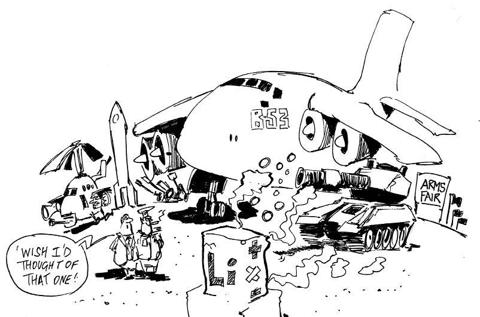Wide-angle Lens
Automatic Accident Recording Car DVR with GPS
Product Description
This product can be used with any vehicle for
automatic detection and recording audio and video evidence,real-time map
tracking ,speed recording ,and G-force activity.Blackbox can also be used to
provide invaluable evidence for insurance needs and help avoid fraudulent
claims.It is an objective eye for insurance claims,accident video recording
,GPS logger,tracking and reviewing route and speed,DVR with built in
memory,record 360 second segments of video.
Features:
G-sensor apparatus and time sensor capable
of automatic recording GPS tracking for logging the location of recording
Record high-quanlity video and audio data for 360 seconds before and after any accident
Bulit in software intergrates functionality of Google maps and G-sensor apparatus
Store hours of video ,reviewable anytime on removable SD card
Configured for easy manual operation and anytime recording
GPS tracking for logging and reviewing your route
Supports up to 32GB of memory
105° wide-angle lens ,placement rotatble by 140° for recording the whole scene
Automatic accident recording,manual video/audio recording control
102° Wide-angle Lens Automatic Accident Recording Car DVR
Record high-quanlity video and audio data for 360 seconds before and after any accident
Bulit in software intergrates functionality of Google maps and G-sensor apparatus
Store hours of video ,reviewable anytime on removable SD card
Configured for easy manual operation and anytime recording
GPS tracking for logging and reviewing your route
Supports up to 32GB of memory
105° wide-angle lens ,placement rotatble by 140° for recording the whole scene
Automatic accident recording,manual video/audio recording control
102° Wide-angle Lens Automatic Accident Recording Car DVR
Specifications:
1. Imaging sensor: 1/5-inch
color CMOS
2. Video resolution: 656*488
3. Video: VGA,30fps
4. Viewing Angle: 102°
5. Video format: ASF
6. Minimum illumination: 0.1 Lux
7. Operation system: support 512MB∼32GB
8. GPS/Google Maps: supported
9. Pre-event recording duration: 2-60 seconds(adjustable)
10. Post-event recording duration: 10-300seconds(adjustable)
11. Gravity sensor sensitivity: ±2~±8g
12. Power supply: 5V
13. Consumption current (Max.): 550mA
14. Dimension: 127*52*32mm(W*D*H)
15. Approx.weight: 110g
16. Operating temperature: 0°C∼50°C/32°F∼122°F
17. Operating humidity: 15∼85%RH
18. Approved: CE FCC
19. Recording Mode: Auto mode by shock sensor,manual mode by manual recording button
2. Video resolution: 656*488
3. Video: VGA,30fps
4. Viewing Angle: 102°
5. Video format: ASF
6. Minimum illumination: 0.1 Lux
7. Operation system: support 512MB∼32GB
8. GPS/Google Maps: supported
9. Pre-event recording duration: 2-60 seconds(adjustable)
10. Post-event recording duration: 10-300seconds(adjustable)
11. Gravity sensor sensitivity: ±2~±8g
12. Power supply: 5V
13. Consumption current (Max.): 550mA
14. Dimension: 127*52*32mm(W*D*H)
15. Approx.weight: 110g
16. Operating temperature: 0°C∼50°C/32°F∼122°F
17. Operating humidity: 15∼85%RH
18. Approved: CE FCC
19. Recording Mode: Auto mode by shock sensor,manual mode by manual recording button




